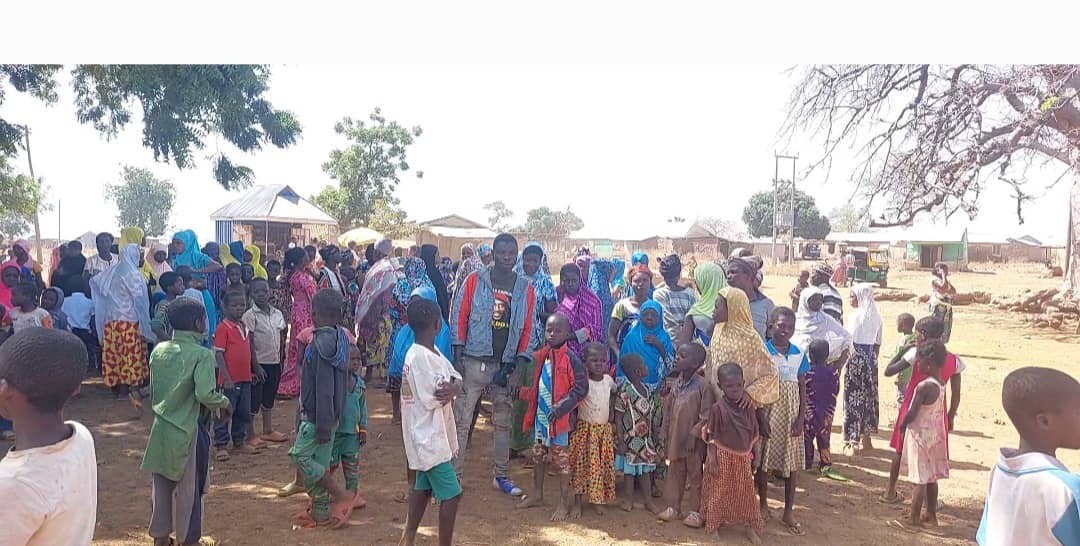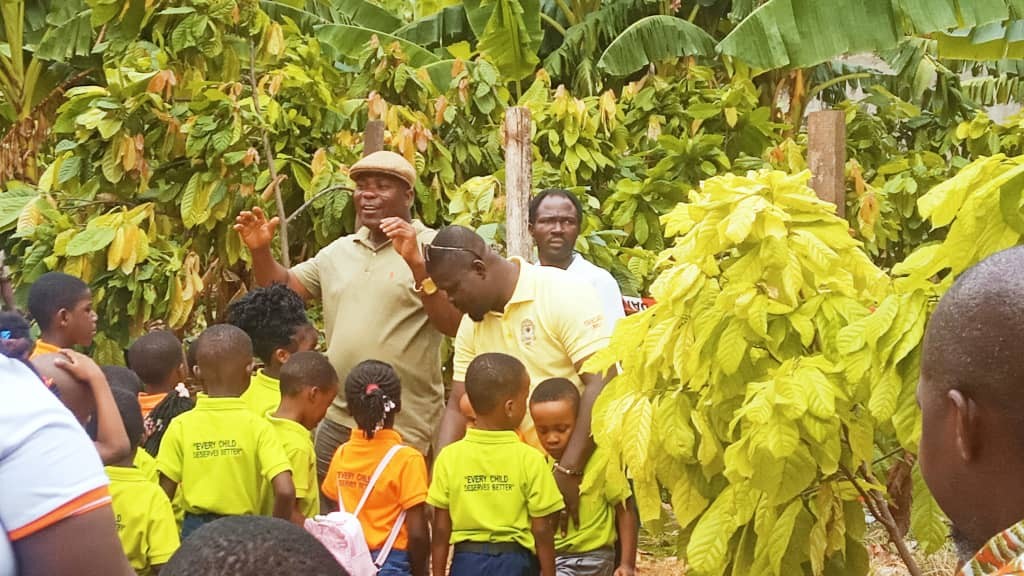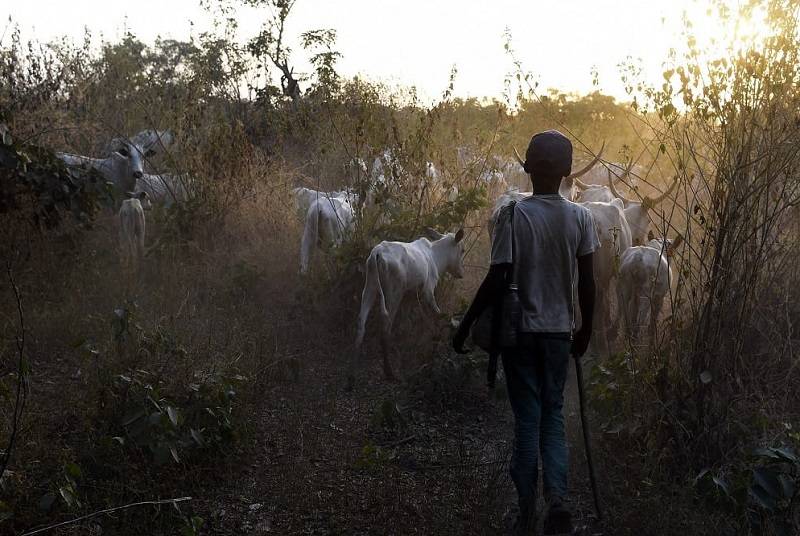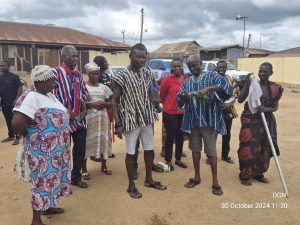
Ghana is witnessing a silent but alarming health crisis that could shape its future—myopia, or short-sightedness, is affecting more children, with profound consequences for their health, education, and the country’s socio-economic growth.
Health experts attribute this surge in myopia to increased screen time and a decrease in outdoor activities, which together have left an estimated 115,200 children grappling with the condition.
Ophthalmologist and Country Director for non-governmental organisation, HCP Cure Blindness Project, Dr James Addy, who shared this in an interview feared Myopia, where close objects are seen clearly while distant objects appear blurred, is gradually reshaping the childhood experience in Ghana.
Currently, studies show that nine out of every 1,000 children sampled in Ghana are myopic, a statistic that accounts for 80 per cent of the nation’s estimated 230,000 visually impaired people.
This trend is more than a public health issue—it echoes a global challenge. Worldwide, vision impairment and blindness are rising threats to sustainable development, and many cases could be prevented with timely intervention.
Globally, 2.2 billion people live with near or distance vision impairment. Refractive errors like myopia and cataracts are the leading causes. According to the World Health Organisation (WHO), about 2.6 billion people were diagnosed with myopia in 2020, and by 2030, that number is expected to rise to 3.4 billion.
Most troubling, however, is the fact that a third of those affected are children and adolescents. Myopia cases in children have tripled since 1990, a trend exacerbated by the COVID-19 pandemic and the digital lifestyle it has accelerated.
Developing nations, including Ghana, are poised to face the brunt of this crisis, with 40 per cent of their populations predicted to be short-sighted by 2050.
The implications for children are enormous—myopia doesn’t just affect vision; it threatens educational outcomes and economic potential, placing a strain on both individuals and the society at large.
A landmark study by the International Agency for the Prevention of Blindness (IAPB) and the Seva Foundation to mark World Sight Day this year on the theme; “Children, love your eyes” which focuses the world’s attention on child eye health, underscores the severity of the issue.
Each school day, 17.8 million children globally attend classes with uncorrected vision impairments. These children, unable to see blackboards or textbooks clearly, learn only half as much as their peers with good or corrected vision.
The cumulative effect is staggering—globally, 6.3 million years of schooling are lost every year due to vision problems, with future economic productivity losses estimated at $173 billion annually.
Early interventions such as vision screenings and access to glasses could dramatically reverse these losses as the research found that providing glasses to children for instance, could increase their lifetime earnings by up to 78per cent.
In Ghana, the economic benefits of prioritising children’s eye health could amount to $16,000 per individual in lifetime earnings and up to $227 million in national economic gains.
Dr Addy, also the immediate past Head of Eye Unit at the Ghana Health Service (GHS), echoes these findings, warning that untreated myopia could have far-reaching consequences for Ghana’s future.
“In the long run, you will have children and adults who cannot see, whose educational level is reduced, whose economic potential is reduced, and who, more or less, would end up depending on government support, further increasing healthcare costs,” he cautions.
Dr Addy, thus advises parents and caregivers to limit children’s screen time and encourage more outdoor activities to help protect their vision.
Additionally, he advocates for regular eye tests, particularly among children, to catch and treat vision issues early before they lead to more serious complications.
To make treatment accessible, Dr Addy calls on policymakers to consider including spectacles under the National Health Insurance Scheme (NHIS); saying-“Spectacles are often too expensive for many families, and if we can make them affordable through the NHIS, it will be a huge benefit, especially for children,” he adds.
The stakes are high as Chief Economist at the Seva Foundation, Brad Wong, explains: “With this very first global estimate of actual learning losses associated with poor vision, we see just how important it is to get glasses when you need them.
Most often, we are talking about simple refractive errors, which are easy to correct – but which, if uncorrected, have a detrimental effect on both the individual child and society as a whole.”
The economic case for action, Wong notes is clear; -for every $1 invested in eye health, the return can be as high as $65.
“Most often, refractive errors go uncorrected simply because they have not been found – it is common for people to skip eye tests, or not have access to them. The research estimate that half the learning loss could be avoided with more vision screenings and provision of glasses, and another half through ensuring that children wear their glasses when they need them.”
Peter Holland, CEO of IAPB, adds, “Early intervention, regular eye checks, and access to good quality eye care are essential to unlocking educational opportunities and a brighter economic future for children.”
Addressing myopia and other vision impairments is not just about improving individual health; it’s about safeguarding Ghana’s future.
With education stagnating globally, and the Sustainable Development Goal (SDG) on Quality Education (SDG 4) under threat, focusing on children’s eye health could unlock progress toward multiple SDGs, including SDG 3 on Good Health and Well-being.
Vision is the gateway to learning, development, and prosperity. The time to act is now.
Parents, caregivers, educators, and policymakers have a central role to play in this effort. By prioritizing eye health and ensuring children have access to regular eye checks and affordable corrective glasses, Ghana can secure a clearer, brighter future for its youth and the nation as a whole.
Holland’s message is clear: “Eye health in young people is not an optional extra—it is vital to their and our future.”
BY ABIGAIL ANNOH
The post ‘Blurry future’: Myopia epidemic threatens Ghana’s children appeared first on Ghanaian Times.
Read Full Story












Facebook
Twitter
Pinterest
Instagram
Google+
YouTube
LinkedIn
RSS